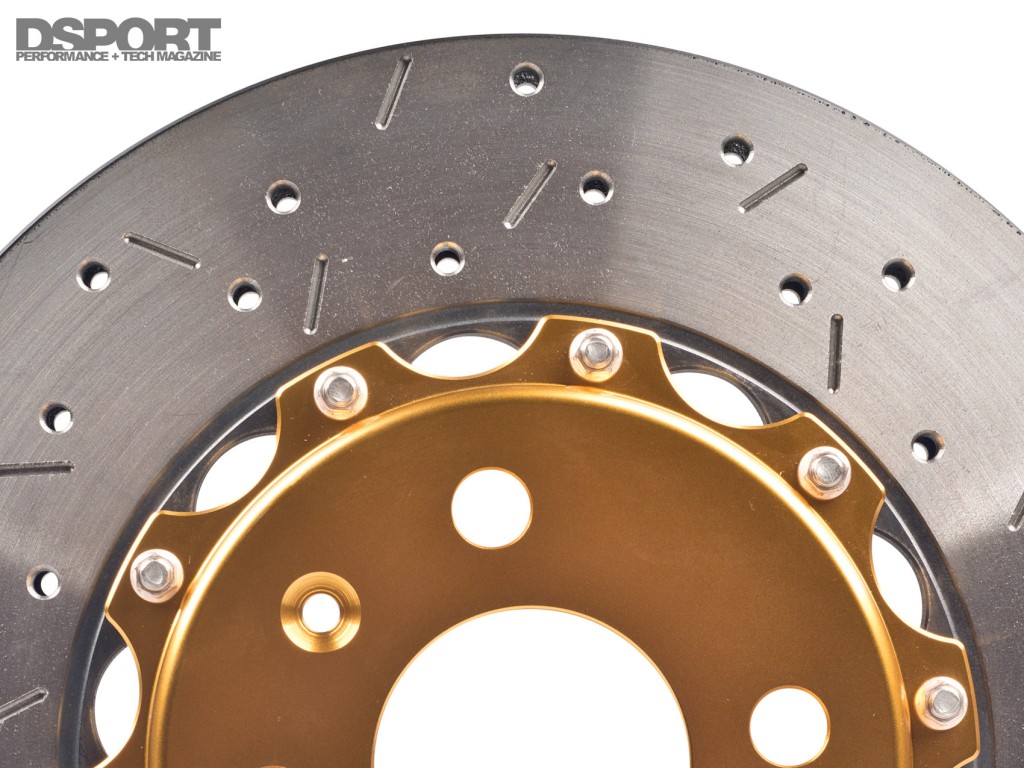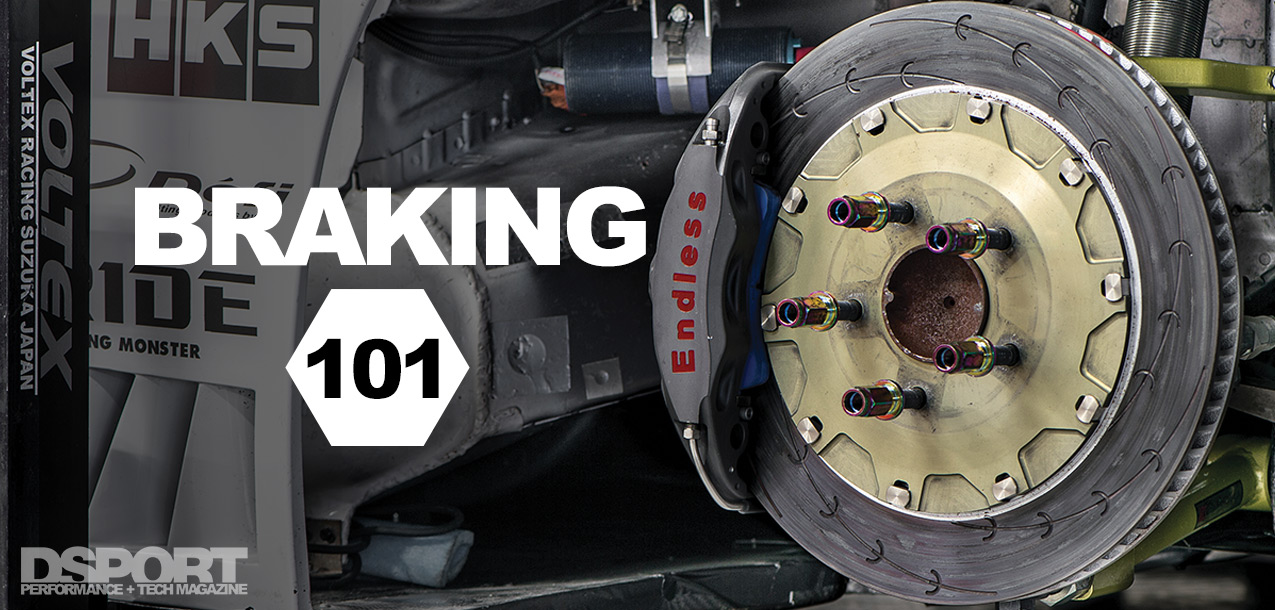RECOMMENDED UPGRADE PATH
$$ Upgraded Sport Brake Pads
$$$ Upgraded Sport Brake Pads, Performance Brake Fluid, Stainless Steel Braided Lines
$$$ Upgraded Sport Pads, Slotted/Cross-Drilled Rotors, Performance Brake Fluid, Stainless Steel Braided Lines
$$$$ Front Big Brake Kit W/ Multi-Piston Calipers And Larger, Two-Piece Rotors
$$$$ Front & Rear Big Brake Kit W/ Multi-Piston Calipers And Larger, Two-Piece Rotors
$$$$$ Front & Rear Big Brake Kit W/ Multi-Piston Monoblock Calipers And Carbon Ceramic Rotors
What’s Wrong With Your Brakes? Troubleshooting 101
| Symptoms | Causes | Solution |
|---|---|---|
| • Screeching, grinding, squealing, rubbing and other brake-related noises | • Brake pads worn to the wear indicator or even the backing plate | • Replace pads and resurface or replace rotors and follow proper bed-in procedures |
| • Vibration and pulsation in the pedal or your steering wheel | • Rotors are warped or improperly bedded-in | • Resurface or replace rotors and follow proper brake pad bed-in procedures |
| • Pressing down further than usual to stop in normal conditions | • Air in the brake lines due to leak or poor bleeding procedure, Low brake fluid level/td> | • Check for leaks from all brakes, lines and master cylinder. Repair, bleed and add fluid as needed |
| • Spongy or mushy brake pedal feel | • Air in the brake lines, rubber brake lines flexing under pressure | • Check for leaks from all brakes, lines and master cylinder. Repair, bleed and add fluid as needed. If no leak, upgrade to stainless-steel braided brake lines |
| • Uneven wear on the brake pads | • Calipers are sticky and likely seized | • Rebuild calipers with new seals or replace caliper assembly, bleed and add fluid as needed |
–The Heat Sink: Rotors
The most abused components of the braking system are the brake rotors. All mass production vehicles and the majority of racecar rotors are made from steel. OEMs select the diameter, thickness and construction of the rotor based on the vehicle weight and the legal speeds that they would expect to encounter with the vehicle.
Since the brake rotors are essentially the heat sinks of the brake system, increasing the diameter of the rotor will increase the amount of heat that can be stored. Increasing the thickness of the rotor also provides an increase in the storage capacity of the rotor.
As for the design of the rotor, venting the rotor allows for additional cooling. All other factors being equal, a vented rotor will have a greater braking capacity than a solid rotor. Slotting or cross-drilling of the rotor improves pad-to-rotor contact stability. This additional stability occurs because the slots or holes provide an exit path for the vaporized, gaseous friction materials to escape when the brakes are applied. Two-piece rotors allow for substantial weight savings by using an aluminum hat instead of the steel portion used on a one-piece rotor. The majority of two-piece rotors are also of a free-floating design. This type of design allows more room for the rotor to expand and contract with less chance of warping.
Two-piece rotors feature an aluminum hat for greater resistance to distortion as the separate hat allows the disc to expand uniformly.
ABS Considerations
An Anti-lock Braking System or ABS is now standard on almost all performance vehicles. The ABS system uses wheel speed indicators and a microprocessor to determine if wheel lockup has occurred when the brakes are engaged. If wheel lock up is detected, the ABS system will reduce the line pressure to that caliper to eliminate the lockup. When upgrading an ABS-equipped vehicle’s brake system pay extra attention to all ABS sensors to avoid damage to the system.
Don’t Stop ‘til You Get Enough
In addition to having the proper components in your high-performance braking system, the condition of the braking system will also affect its effectiveness. Contaminated brake fluid, malfunctioning calipers, warped rotors and worn pads can all transform a serious brake system into a serious problem. Be sure to thoroughly inspect and test your brake system before you hit the track.


